Gardenia taitensis
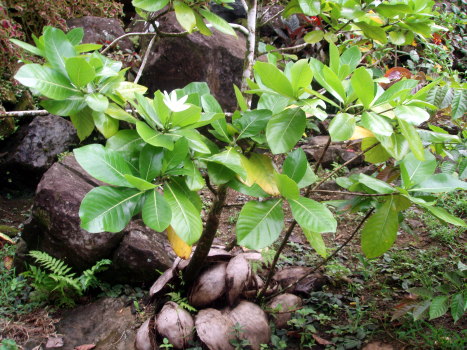
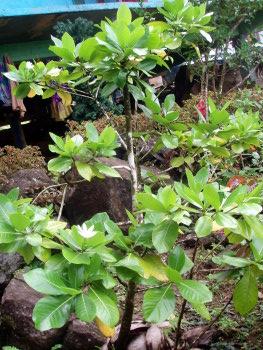
Vegetative habit
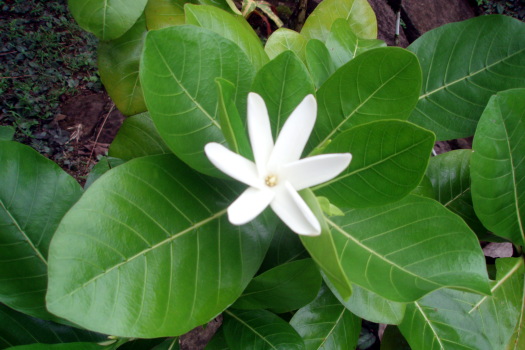
Flower with leaves
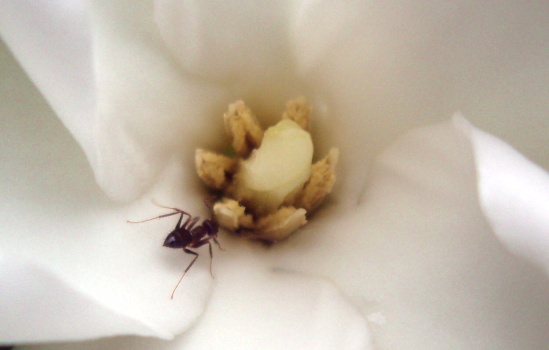
Probable pollinator. Scent is very much like that of a plumeria
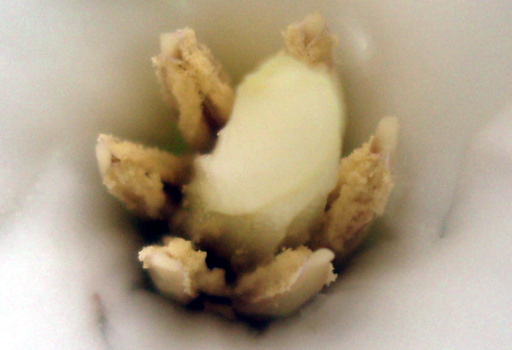
Detail view of androecium, gynoecium
Said to be Hawaiian introduction. This specimen located between Mwalok and Danpei on Sokehs Island.
Idenfication thanks to David Lorence of the National Tropical Botanical Garden, 3530 Papalina Road, Kalaheo, HI 96741, USA
Kingdom: Plantae
Division: Magnoliophyta
Class: Magnoliopsida
Order: Gentianales
Family: Rubiaceae
Genus: Gardenia
Species: G. taitensis
Binomial name
Gardenia taitensis
Ethnobotany •
Courses •
COMFSM






